The Enigma Unveiled: Where Is The Real Mona Lisa
Nestled within the hallowed halls of the Louvre Museum in Paris, the Mona Lisa stands as an iconic testament to the brilliance of Renaissance artistry. Painted by the legendary Leonardo da Vinci, the enigmatic smile of Mona Lisa has captivated the imagination of art enthusiasts and scholars for centuries. However, beyond the familiar confines of the Louvre, a veil of mystery shrouds the existence and location of the 'real' Mona Lisa. As we embark on this intriguing journey, we delve into the historical whispers, controversies, and theories surrounding the whereabouts of the authentic masterpiece that has become synonymous with da Vinci's genius.
Origins of the Mona Lisa
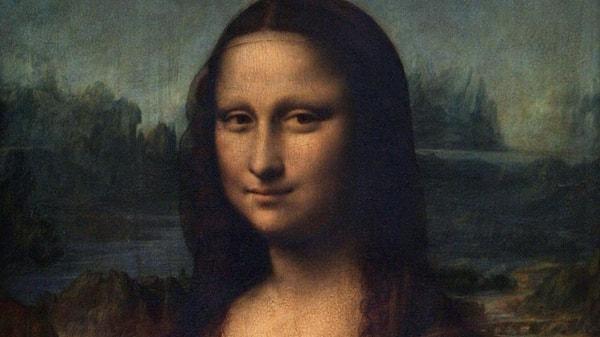
To understand the quest for the real Mona Lisa, one must first appreciate the origins of this timeless masterpiece. Leonardo da Vinci, the quintessential Renaissance polymath, began working on the painting around the year 1503, during the Italian Renaissance. The subject of the portrait is widely believed to be Lisa Gherardini, the wife of Florentine merchant Francesco del Giocondo. Commissioned as a celebratory piece for their new home, the Mona Lisa, or 'La Gioconda' in Italian, became an embodiment of da Vinci's artistic prowess.
Completed between 1503 and 1506, with additional touches applied until 1517, the Mona Lisa represents the pinnacle of portraiture, showcasing da Vinci's mastery of anatomy, light, and shadow. Its composition, characterized by the subject's mysterious smile and the use of sfumato, a technique blending colors and tones seamlessly, continues to mesmerize art connoisseurs worldwide.
The Louvre: Home to the Mona Lisa
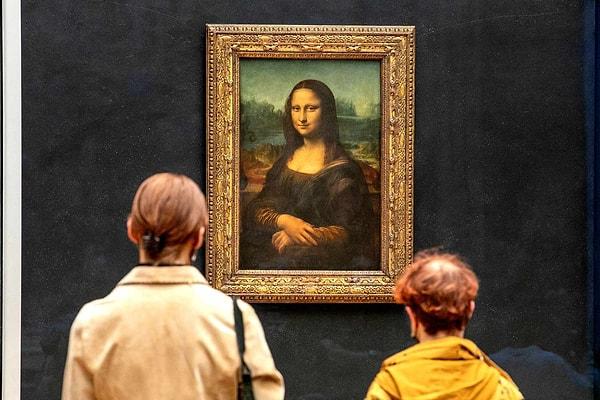
For centuries, the Mona Lisa has found its residence in the Louvre Museum, formerly the Louvre Palace, in the heart of Paris. Acquired by King Francis I of France, the painting entered the royal collection and later became a prominent exhibit in the Louvre when it opened as a public museum in 1793. The Mona Lisa's relocation to the Louvre cemented its status as one of the most celebrated and protected works of art in the world.
Today, the painting is housed in a climate-controlled, bulletproof glass case, attracting millions of visitors annually who come to witness the enigmatic gaze and captivating smile. Despite its prominent place in the Louvre, the quest for the real Mona Lisa extends beyond the confines of this renowned institution.
Controversies and Theories
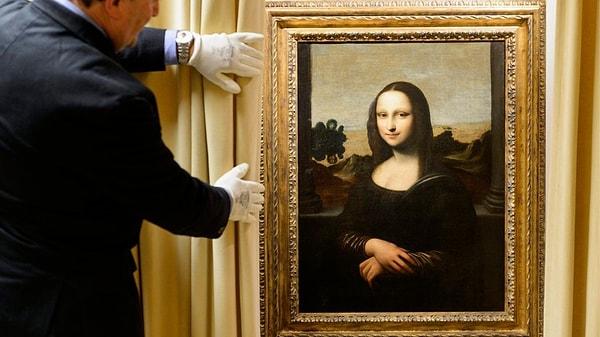
The search for the real Mona Lisa has sparked numerous controversies and theories that challenge the conventional narrative of the painting's singular existence. One such theory suggests that da Vinci created multiple versions of the Mona Lisa, each subtly different from the other. While the Louvre's Mona Lisa is undoubtedly the most famous, proponents of this theory speculate about the existence of additional renditions, waiting to be discovered.
Another theory posits that the painting housed in the Louvre is a copy, and the authentic Mona Lisa remains concealed or lost. This idea gained traction in the early 20th century when art historian Hugh Blaker claimed to have discovered the 'real' Mona Lisa in a Scottish manor. Though later debunked, the notion fueled the imaginations of those who pondered the possibility of an alternative location for the masterpiece.
One of the most intriguing controversies surrounds the alleged existence of a second Mona Lisa, referred to as the 'Isleworth Mona Lisa.' This version, purportedly created by da Vinci's apprentice, emerged in the early 20th century. Some experts argue that this painting is an earlier draft or a collaborative effort between da Vinci and his studio. While the Isleworth Mona Lisa has undergone scientific analysis, the debate over its authenticity persists, contributing to the enduring mystery surrounding the true identity and location of the genuine masterpiece.
Stolen and Recovered: The Mona Lisa's Disappearance
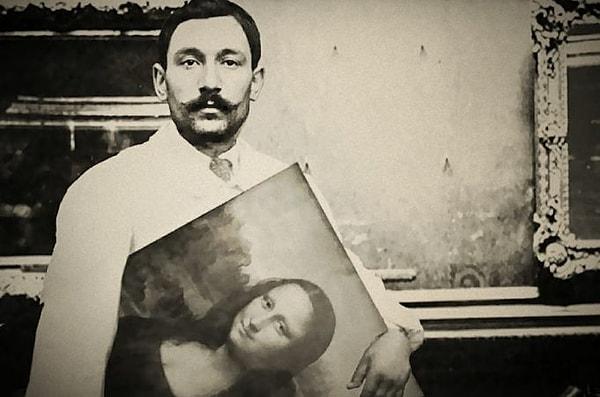
In one of the most notorious episodes in the Mona Lisa's history, the painting vanished from the Louvre on August 21, 1911. Vincenzo Peruggia, an Italian handyman working at the museum, orchestrated the theft. Peruggia, motivated by a misguided sense of patriotism, believed that the Mona Lisa belonged to Italy and sought to return it to his homeland.
The painting's disappearance triggered a global media frenzy, turning the Mona Lisa into a symbol of intrigue and mystery. For two years, the masterpiece remained missing, with investigations leading authorities in various directions. It wasn't until December 1913 that the painting resurfaced when Peruggia contacted an art dealer in Florence, attempting to sell the stolen masterpiece.
Upon its recovery, the Mona Lisa's fame skyrocketed, and security measures at the Louvre intensified. The incident, however, fueled speculation about the possibility of other stolen versions or hidden masterpieces yet to be unveiled.
Rediscovery and Authentication Efforts
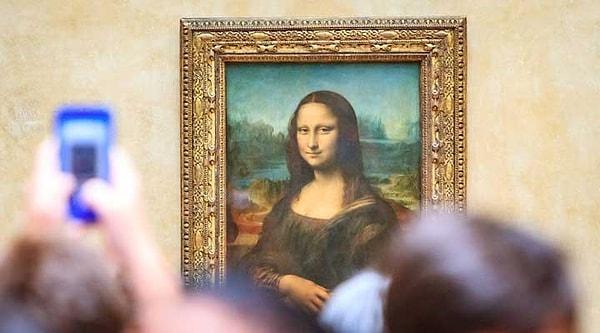
In the quest to authenticate and discover potential alternative Mona Lisa paintings, technology has played a crucial role. In recent years, advancements in imaging technology and scientific analysis have allowed experts to scrutinize artworks with unprecedented precision.
Researchers have employed techniques such as multispectral imaging, infrared reflectography, and X-ray fluorescence to delve beneath the surface of paintings, revealing hidden details and modifications. While these methods have offered valuable insights into da Vinci's artistic process, the elusive quest for an undiscovered Mona Lisa persists.
Alternative Locations and Collections
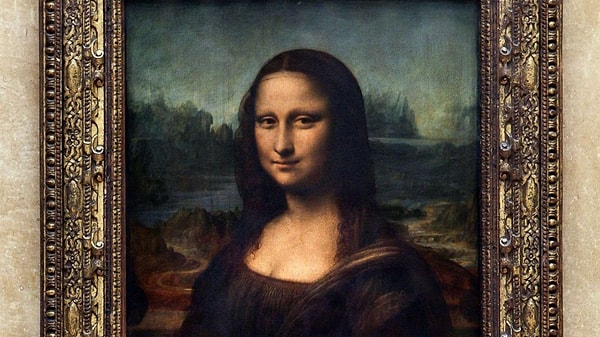
Beyond the Louvre, the Mona Lisa has made guest appearances in various exhibitions and collaborations. Traveling exhibitions, loan agreements, and temporary displays have brought the masterpiece to different corners of the globe, allowing diverse audiences to marvel at its splendor.
However, the question remains: could there be another permanent home for the Mona Lisa, waiting to be unveiled? Some theories propose that private collectors or undisclosed institutions may harbor the authentic masterpiece. While these claims lack concrete evidence, they contribute to the ongoing speculation surrounding the Mona Lisa's hidden whereabouts.
Keşfet ile ziyaret ettiğin tüm kategorileri tek akışta gör!


Send Comment